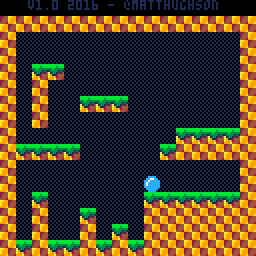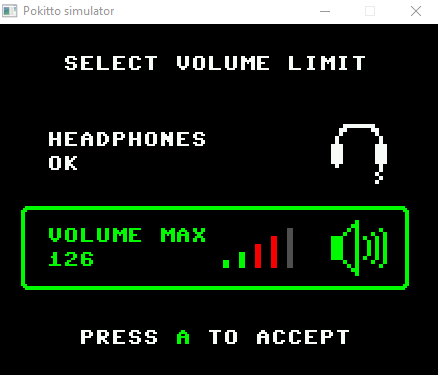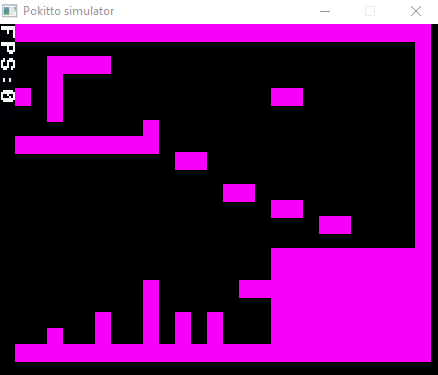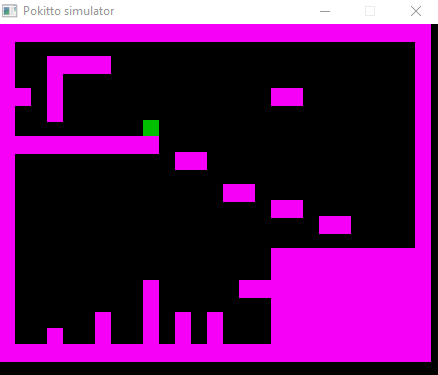I am going to try and port my “Micro Platfomer” project from Pico-8 to Pikitto, and thought I would document the process a bit here!
About

The goal of this game is to demonstrate a very basic platforming engine in under 100 lines of code (comments don’t count), while still maintaining an organized and documented game.
It is not meant to be a demo of doing as much as possible, in as little code as possible (a la demo scene). The 100 line limit is just meant to encourage people that “Hey, you can make a game with very little coding!”
This will hopefully give new users a simple and easy to understand starting point for their own platforming games.
Note: Collision routine is based on Super Mario Bros 2 and M.C. Kids, where we use collision points rather than a box. this has some interesting bugs but if it was good enough for miyamoto, its good enough for me!
Update 1: After a lot of reading, and jumping around these forums I think I finally understand how Pokitto development works! 
I have decided that I will develop the project in Code Blocks using the Pokitto Simulator, and deploy real builds to my Pokitto every so often to make sure things are work.
Update 2: I create a new build target in Code Blocks, and ported most of the code to C++.
I had actually already ported this project to C# for another project I am working on, Mono8, so porting it to C++ was pretty easy. However, I did disable all of the Level and Rendering logic for the time being, since it will be quite different.
The player simply renders as a white rectangle right now.

Update 3: Simulation is now fully operational. Need to figure out how to get this running at 60fps on actual hardware, and then time to add sprites!

Video of it running on hardware: https://twitter.com/matthughson/status/1003167756420710401
Update 4:

Game is now running at 50FPS on Pokitto Hardware by using the “sprites” technique outlined here:
You can see a video of it running on hardware here:


